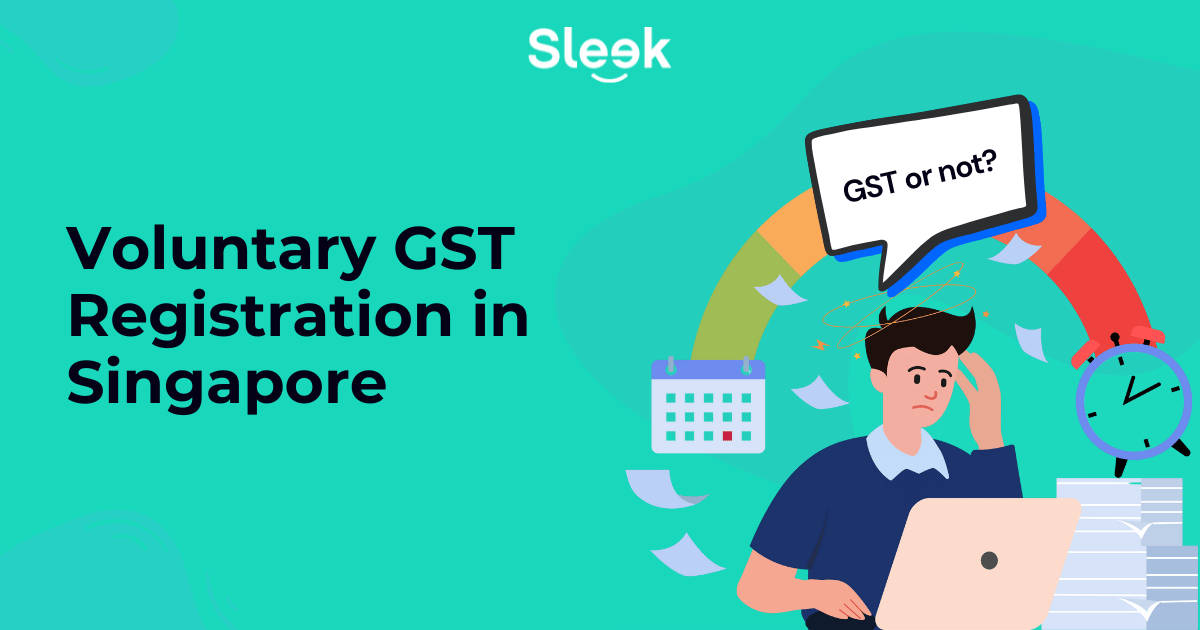Learn more about share transfers
4 minute read
Transfering of shares is quite common in private limited companies. Shareholders may want to sell their shares for various reasons. It is important to ensure the shareholders follow the proper procedures and pay the stamp duty when transferring the shares.
Unlike an allotment of shares, stamp duties are required to pay to the Inland Regulatory Authority of Singapore (IRAS). As transferring the shares of a private company is more complicated than selling shares through stock markets, it is better to have a brief understanding of shares transferral. The basics of the stamp duty and the proper procedure of transferring the shares will be explained as follows.
In this section, the shareholder intending to sell their shares will be referred to as the “transferor”, while the shareholder intending to receive the transferred shares will be referred to as the “transferee”.
Overview:
- What is stamp duty?
- Who should the stamp duty?
- How to pay the stamp duty?
- When to pay the stamp duty?
- What documents are required for shares transfer?
- What are the procedures on shares transfer?
- How can I allot the shares?
- Allotment of shares
What is stamp duty?
Stamp duty is payable on the share transfer document when you acquire shares. It is payable on the actual price or market value of shares, whichever is the higher amount. The stamp duty rate is 0.2%.
Who should pay the stamp duty?
The transferor and the transferee usually decide among themselves who is liable for the payment of the stamp duty and stated on the agreements. However, if the agreement does not state who shall pay the share duty, the transferee shall be the person to pay it by complying with the Third Schedule of the Stamp Duties Act.
How to pay the stamp duty?
Stamp duty can be paid using FAST (for DBS / POSB accounts), AXS Kiosk, eNETS, GIRO etc. There are various means to pay the stamp duty. However, the stamp duty must be paid in full with no instalment payment.
When to pay the stamp duty?
Document needs to e-Stamp before signing it. No penalties will be charged if the document is signed or e-Stamped within the following time frame:
- Within 14 days after signing the document if it is signed in Singapore
- Within 30 days after receiving the document in Singapore if the document is signed overseas
What documents are required for shares transfer?
The following documents will always be relevant:
- Instrument of Transfer
- Notice of Transfer
- Board Resolution
- Share Certificate (the document which proves ownership of the shares)
- Share Transfer Form
- Inland Revenue Authority of Singapore (IRAS) stamp duty acknowledgment
What are the procedures on shares transfer?
Execution of Instrument of Transfer
To start the transfer process, the transferor needs to execute an Instrument of Transfer with the transferee. Instrument of Transfer is a document proving that the transferor agreeing to transfer their shares to the transferee, while the transferee agreeing to take the shares.
Make the shares transfer request to the Board
Then the transferor should make a written share transfer request to the Board. The Board’s decision and the reasons of it should be included in the board resolution.
Cancellation of the original share certificate
If the Board approved the transfer, the transferor needs to surrender their original share certificate to the company for cancellation. Upon receiving the share certificate, the Board has to submit a Notice of Transfer to the Accounting and Corporate Regulatory Authority (ACRA) online.
Waiting for the update of the electronic register of members by ACRA
Once ACRA has updated the electronics register of members, the transfer will be effective.
Issuing a new share certificate
Once the transfer was effective, then the company is obliged to issue a new share certificate to the transferee within 30 days of registering the transfer with ACRA.
How can I allot the shares?
Share capital can be increased anytime after the incorporation of the company. For instance, if the company wants to sell the shares to existing or new shareholders in exchange of investment capital, increasing share capital is essential before selling the new issued shares.
Allotment of shares
The Board needs to seek approval from existing shareholders
The Companies Act states that the directors shall not exercise any power to issue new shares without the prior approval of the company in a general meeting. Therefore, a general meeting needs to be held and gets the approval of shareholders to the issuance of new shares.
Director issues the shares after getting approval from shareholders
After getting approval from shareholders in the general meeting, the company secretary will prepare the Director’s Resolution in Writing. Then, the company needs to lodge a Return of Allotment form with the ACRA within 14 days. The Return of Allotment form will include the following information:
- Numbers of shares in the allotment;
- Amount paid and unpaid on the allotment of each share;
- The classes of shares;
- The particulars of each member (full name, identification, nationality, address and, number and class of shares are held by that member)
New share certificates need to be issued
The share certificates should be ready to be issued to the new shareholders within 2 months after the allotment of shares. After issuing the new share certificates, the company secretary will update the company’s register of members.
Wrap up
The transfer of shares is quite common in private limited liability companies. In order for the transfer to go smoothly, you must first make sure that the shareholders follow the appropriate procedures when you want to transfer shares. By verifying this, you should be able to navigate and advise your shareholders on these procedural requirements with confidence.
At Sleek, our team of experts can help you transfer your shares. This way, you can focus on growing your business while we take care of everything. If you want to know more about share transfers, contact us to find out more.
You might be interested in reading about:









